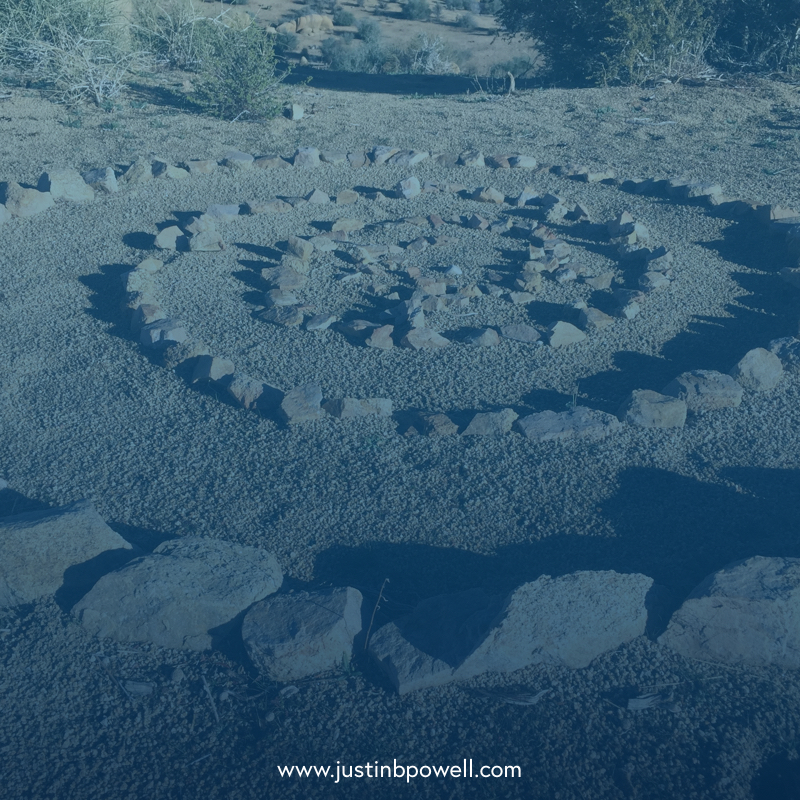I (Justin) just hung up the phone with a long time friend who works in Madrid, ES. We’ve wanted to go through his email marketing efforts for a while and finally got to it this morning. I thought it would be helpful to write out what we talked about while the conversation was still fresh on my mind.
First, a bit about email marketing in general. Businesses pay a lot of money to buy lists and work hard to grow their list of potentially interested customers. As a nonprofit fundraiser, you most likely have a list of people who willingly give their information because they are interested in your cause. This is a significant opportunity for you to effectively communicate your message while also gaining the opportunity to learn more about your support base….which is important because the more engaged your support team is to you, your work, and cause, the greater impact you’ll be able to have.
Let’s jump into it…here are the three things I shared with my friend this morning:
1. Your subject line is the first opportunity to engage your readers…make it all about them.
When I used to write email updates, my subject line was something like: “Powell Family Update – #210“. This subject line doesn’t do much for the reader and assumes people care how many updates we’ve written and that information about my family would be enticing enough to open and read the email. Here’s the truth: It’s not. Even though we had a decent open rate, this subject line only appeals to people who are already predisposed to caring about our family. It doesn’t do much for the people I met throughout the years who don’t know me personally and signed up for my list because they were interested in the way they could be a part of the work I was doing.
A subject line like this is like casting a net that has large holes in it: This net is going to catch the fish that are already likely to be caught (like my mom…who read my emails religiously, gave me feedback, and corrected my punctuation). Your subject line is a chance to cast a fine net which would be more effective in catching smaller fish who could more easily slip through the web.
One way to ‘tighten the net’ is to write your subject line in a way which better relates to your readers. Make your subject line all about the reader.
For example, if you are raising money for a non-profit that digs wells for villages you could write: “3 Ways You’ve Changed the Lives of Children You’ve Never Met” or “Your Generosity Has Made a Difference in these 3 lives”. This is much more engaging to your readers than: “Read 3 Stories of Changed Lives”.
There’s more I could write regarding the art of the subject line (like running A/B tests, Using personalization, Testing Length) but that will be for another blog.
2. Give yourself as many chances to learn about your readers as possible.
My emails used to be loooooooooong. I had a good friend tell me that my emails were so long he didn’t read them. How dare him not value the hours I spent writing about my passion and family!!! It was a bit hurtful at the time, but now after sending emails to over a million people I realize how right he was (and is). People just don’t read long emails or content online. The length of this blog is even pushing it…so if you’re still reading now, I really appreciate it.
Your emails can quickly turn into novels (like mine were) if you use them to say everything you want to say. Having a lot to say about your work is a great thing because it’s a sign of your passion, but if you want to communicate your message, you need to create other outlets as holders of content (like a blog, Facebook group, Periscope channel, or Instagram account) and use your emails as a method of distribution. I advised my friend this morning to create longer content on a blog and then use emails to send the intro of the blog to his donor base*.
This strategy builds links in your email and gives you another way of tracking your reader engagement. If you don’t have links, you can only go off of your open rate and looking at users who’ve opened your email to determine engagement (these numbers can also be skewed for a number of reasons). If you write an intro paragraph, it gives readers a clear way to read more (like a huge ‘read more’ button) and then you can see the donors who (at that moment) resonate with your message. This is actionable data! You now know who is (or isn’t) getting information about your cause.
I also recommend putting links to articles, blogs you’re reading, links to your nonprofit’s site, older blog articles you’ve written, and donation portals to gain more information.
Learning is half of the battle…the other half is figuring out what is working and doing more of it.
3. Give Your Readers the Best Chance to Engage with Your Message
When I lived overseas, I didn’t consider the fact that I was often sending emails in the middle of the night or during the middle of the work day for people who supported our work. I also assumed people were reading my emails on desktop or laptop screen. Email marketing was not my specialty when I was doing nonprofit work so the expression, “You don’t know what you don’t know.” applied perfectly! I didn’t think about these things because I didn’t know to think about these things. If that’s you, know you’re in good company. 🙂
Writing and designing your email with mobile in mind is crucial to your emails. If you build and write your email in a .pdf (and I know a number of people reading this probably do), open up your email on your phone and see how much work it takes to read it. How many times are you pinching in and scrolling around? How easily can you see the pictures? Over 55% of people read email on a phone, so if your emails are hard to read on a phone, you are putting up a barrier to your message being received. Modern email software can help fix this problem and is worth the small investment. Contact me and I’ll give you a rundown of the software I prefer.
People often ask me, “When is the best time to send emails?” There really isn’t an easy answer, but the answer most likely lies within your list of subscribers. Here are the questions I ask:
- Does my email impact my readers during their work day?
- Does my email add value to my readers with every send to increase the probability of a future open?
- Does my email take a long time to read?
- Do I plan for my email to arrive in people’s inboxes at a time when they will have space to read it?
- Do I use software to learn what times my email is opened?
Believe me, I understand that this stuff is far from the minds of most nonprofit workers. And I don’t blame you. It’s kind of nerdy, takes more effort, and isn’t a part of why you started working with the nonprofit in the first place. But I also understand what it’s like to be underfunded and stressed out because I didn’t do anything more than the minimum requirements. I’d take being a bit nerdy over not being able to save, travel, go on furlough, or (at it’s worst) eat more than French Toast for every meal!
I hope this is in some way helpful for you. If you are a nonprofit organization or an individual raising money to do good in the world, I especially hope it helps you. Thank you for your work! If you have any questions or want to talk more about your email marketing efforts, please reach out to me.
*If you need your blog articles or updates to be private, you can use a password protected page or private link. You can also adjust your website settings to discourage search engines from showing your site which will keep your blogs from showing up in a Google search.
It's time to discover your strengths!
Join the millions of people who are already using the StrengthsFinder assessment to grow in their areas of highest potential!


